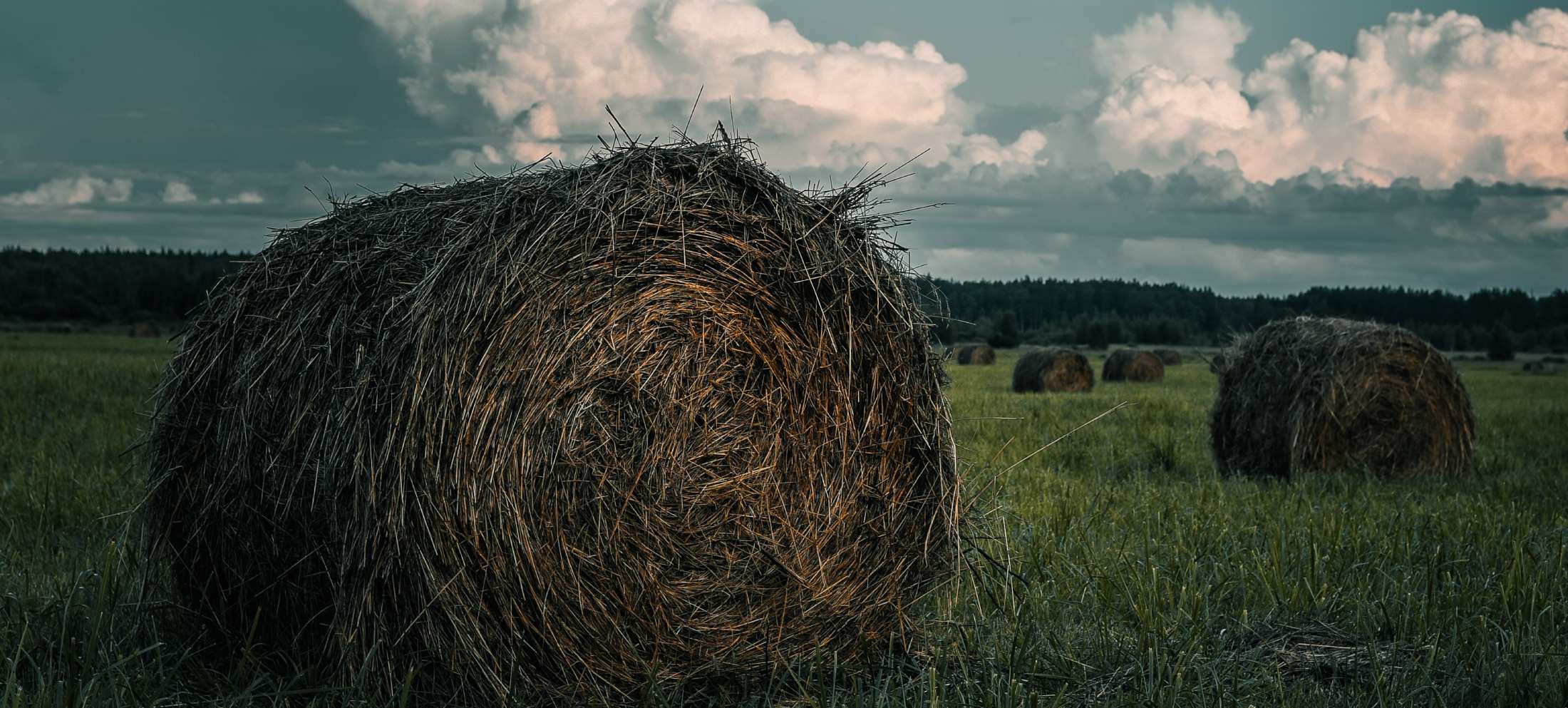To be a successful farmer one must first know the nature of the soil – Xenophon, Oeconomicus, 400 BC
With all the talk around carbon sequestration in agricultural soils as a climate change mitigation tool, we thought it would be a good time to have a soil carbon 101. We’ll cover what soil carbon is, what it’s doing in soil, and why it’s tied to climate change mitigation.
Carbon is essential for life. If you’ve ever watched a sci-fi movie, you might have heard the phrase “carbon-based life forms”. The building blocks of all living things are based on carbon. Plants pull carbon dioxide out of the air through photosynthesis and that carbon becomes a part of the plant tissues. Animals get carbon by eating plants or other animals. Another term closely tied to soil carbon is “organic matter”, which refers to anything associated with living tissue – such as manure or compost (see box). Organic matter is roughly 50% carbon and on average makes up about 5% of soil, although this can vary based on the soil and its history of management (see figure).


The basic components of soil, which is typically half empty space filled with air and water
Organic matter plays several important roles in soil. As it breaks down it releases nutrients that are bound up in the material, feeding plants and soil organisms. Organic matter clumps together, creating soil aggregates and soil structure that allows for water and air to infiltrate soil. Organic matter also holds water – higher organic matter leads to higher water holding capacity – which can be released during dry periods to help crops become more resilient to drought. Soils high in organic matter tend to be darker in colour and have that distinctive soil smell, which actually comes from some of the microbes living in the soil.
So that’s why carbon is so important in soil. But why is it important for climate change mitigation? Well, the short story is increasing levels of carbon dioxide in the atmosphere is driving climate change and the more carbon that’s in the soil, the less there is in the atmosphere. Soils have a certain capacity to hold carbon that depends on the local climate, soil type, and the soil texture. A clay soil can hold more carbon than a sandy soil because organic matter will bind to clay particles, essentially getting ‘trapped’ in the soil.
Many agricultural soils are below their carbon-storing capacity. Soil carbon is lost when soil is disturbed, such as through tillage, which makes the stored carbon more available to decomposition. It’s also lost when crops or grazed livestock are exported. Those crops and livestock have incorporated carbon from the system into their tissues and when they leave, that carbon leaves with them. This means that agricultural soils have the potential to hold more carbon, and this makes them a player in the fight to mitigate climate change.
If you’re undertaking efforts to increase your soil carbon, it can take several years before you will see an increase on your soil test report. The total amount of soil carbon in soil is very large, and it can take a long time to add enough carbon to be detectable.
Projects like the On-Farm Climate Action Fund (OFCAF) and the Agriculture Climate Solutions Living Lab program are targeting best management practices that can help add more carbon to soil. To find out more about OFCAF, contact Rosalie Madden at Perennia (rmadden@perennia.com). To find out more about the Living Lab program, contact Carolyn Marshall at the NSFA (cmarshall@nsfa-fane.ca).



